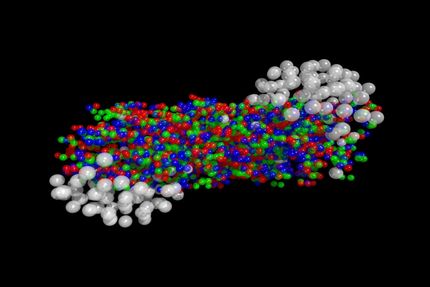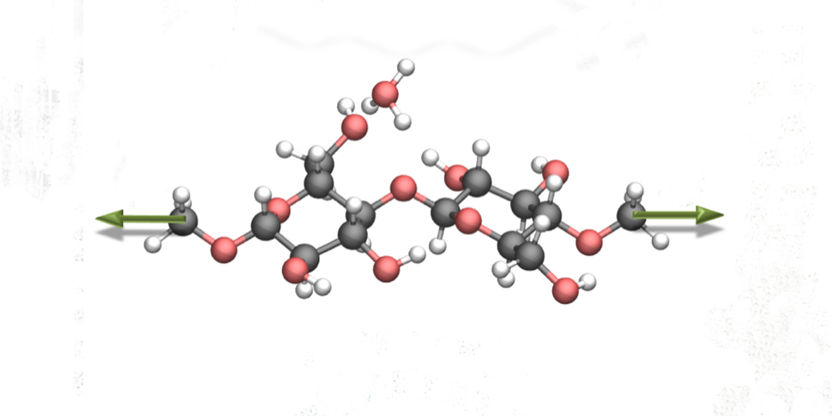New method to better understand atomic nuclei
Advertisement
The precise structure of atomic nuclei is an old problem that has not been fully solved yet, and it also constitutes a current research focus in the field of natural sciences. Together with colleagues from Bonn University, physicists at Ruhr-Universität Bochum have developed an approach to carry out precision calculations of the forces acting between the particles inside the nucleus.
Underlying theory known, but too complicated
Atomic nuclei are made up of protons and neutrons, which have, in turn, a complicated internal structure and consist of so-called quarks and gluons. Even though the theory of the strong interaction between quarks and gluons has been known for a long time, it is too complicated for describing the properties of nuclei. Still, atomic nuclei can be efficiently described as systems composed of protons and neutrons without being necessary to resolve the internal structure of those particles. A description like this requires, however, that the forces acting between protons and neutrons are well understood.
The two-particle system
The properties of a proton interacting with a neutron are very well known experimentally. The challenge was, therefore, to reproduce these precise experimental data with a high theoretical accuracy. Prof Dr Evgeny Epelbaum from the Institute of Theoretical Physics II at RUB explains the method that he and his colleagues had chosen to gain that understanding: "In the course of the study, we carried out precision calculations regarding the forces between protons and neutrons using a modern approach known as effective field theory. Combined with a new method for analysing the theoretical uncertainties, which we had developed in a previous study (see info box), we were able to describe the properties of the simplest nuclear system consisting of a proton interacting with a neutron."
In future larger atomic nuclei
In future, these studies are going to be extended to larger nuclei, in order to, for example, learn more about the forces acting between a proton and two neutrons. Such three-body forces are not yet well understood and are in the focus of current research in the field of theoretical nuclear physics.
Original publication
Other news from the department science

Get the chemical industry in your inbox
By submitting this form you agree that LUMITOS AG will send you the newsletter(s) selected above by email. Your data will not be passed on to third parties. Your data will be stored and processed in accordance with our data protection regulations. LUMITOS may contact you by email for the purpose of advertising or market and opinion surveys. You can revoke your consent at any time without giving reasons to LUMITOS AG, Ernst-Augustin-Str. 2, 12489 Berlin, Germany or by e-mail at revoke@lumitos.com with effect for the future. In addition, each email contains a link to unsubscribe from the corresponding newsletter.





























































